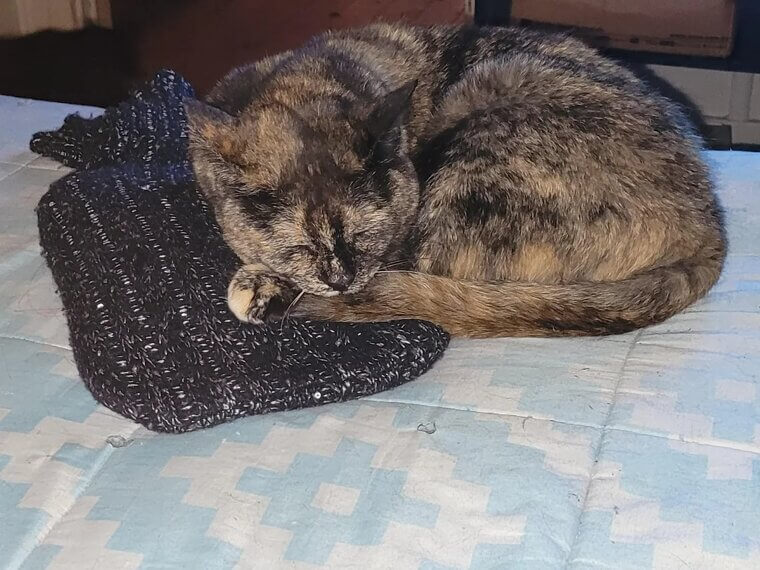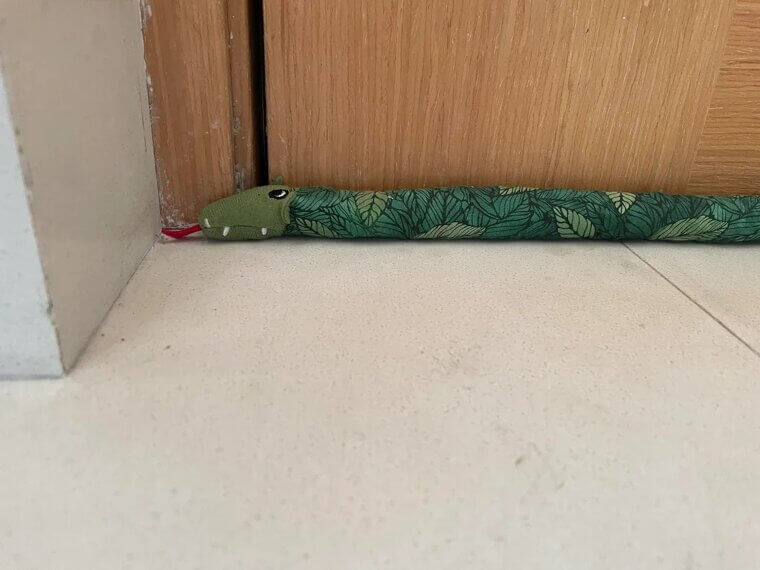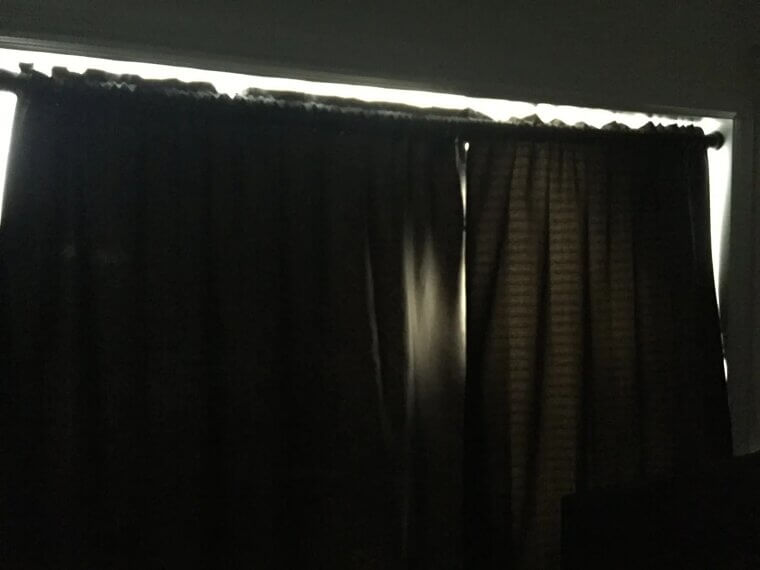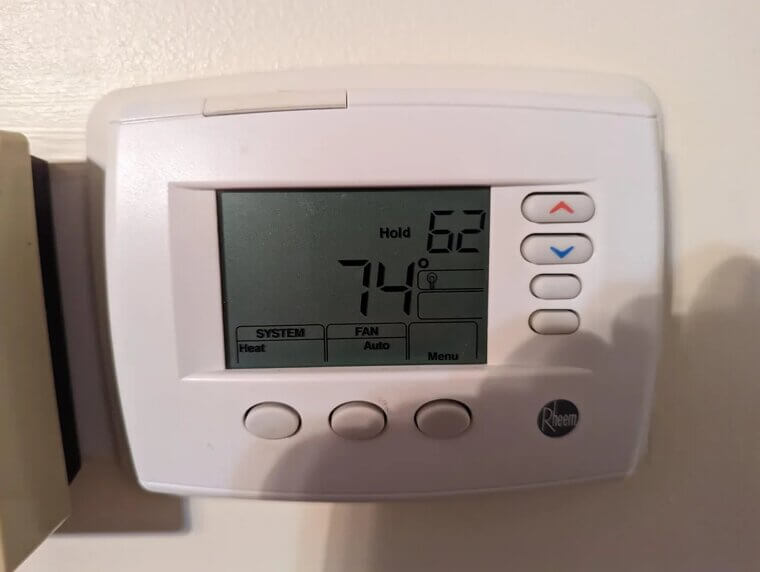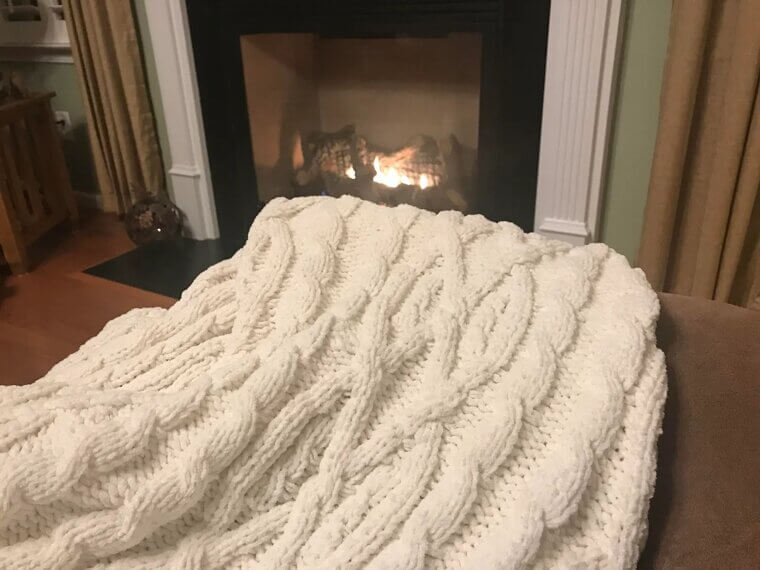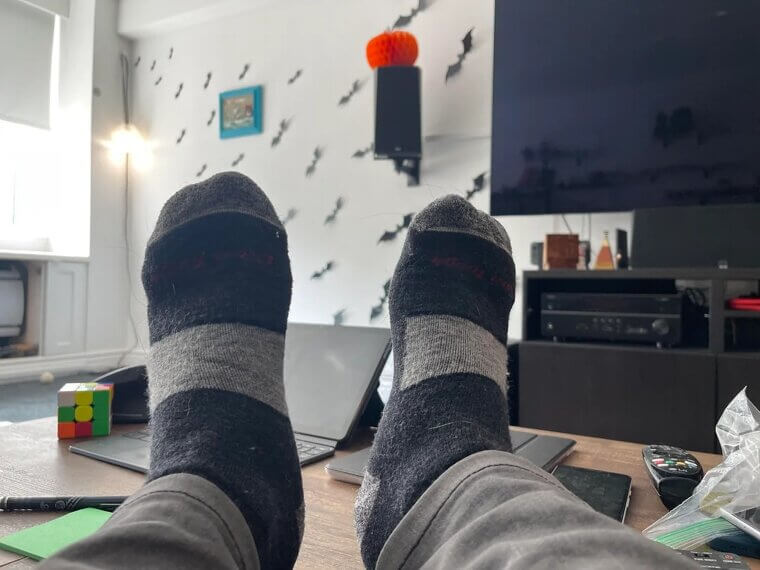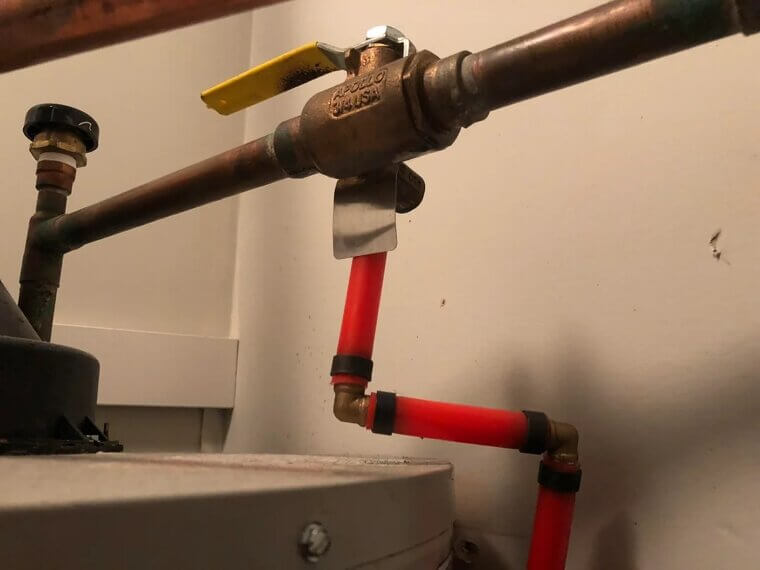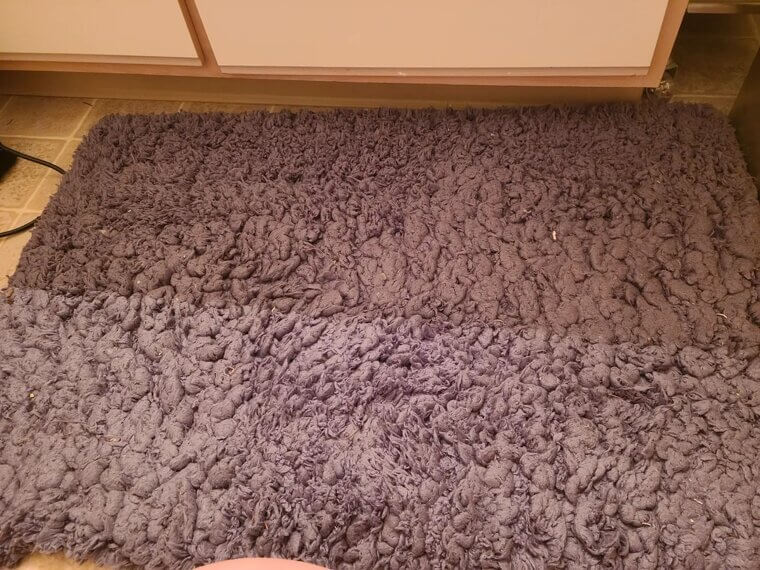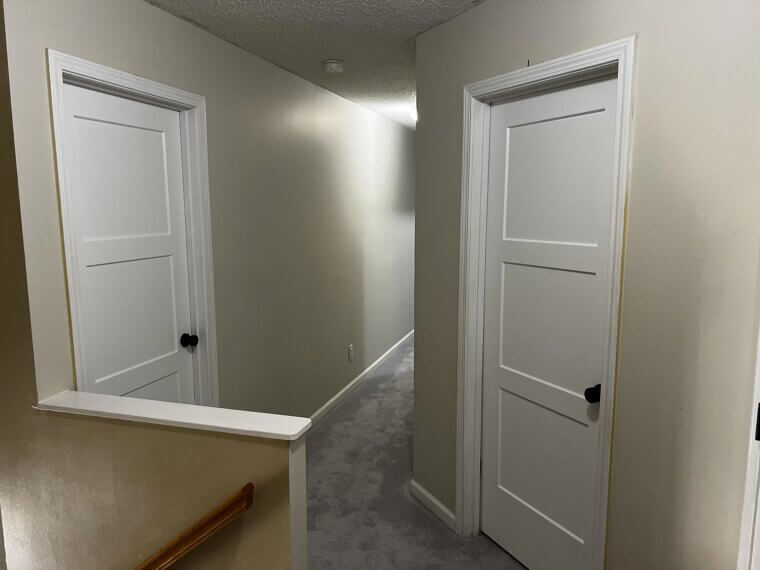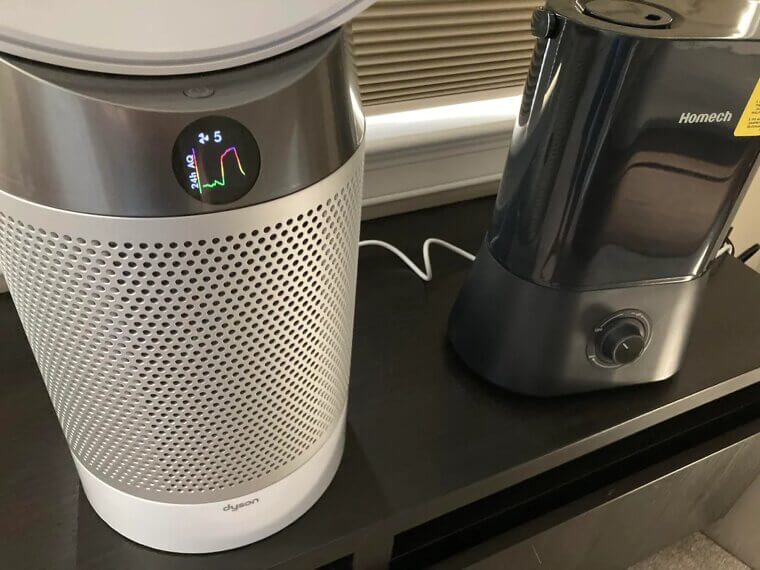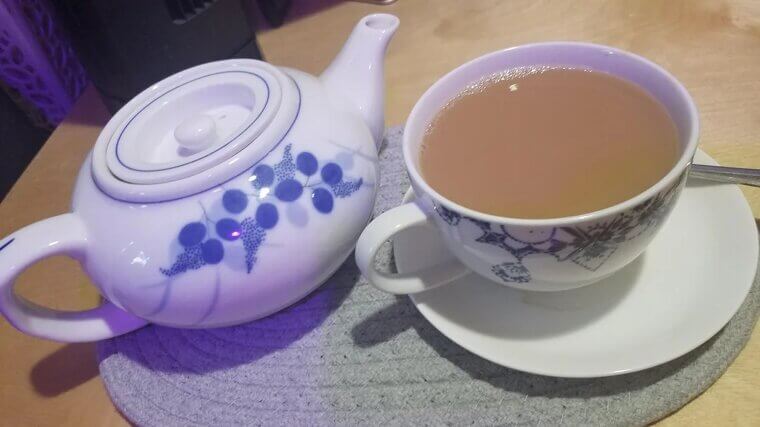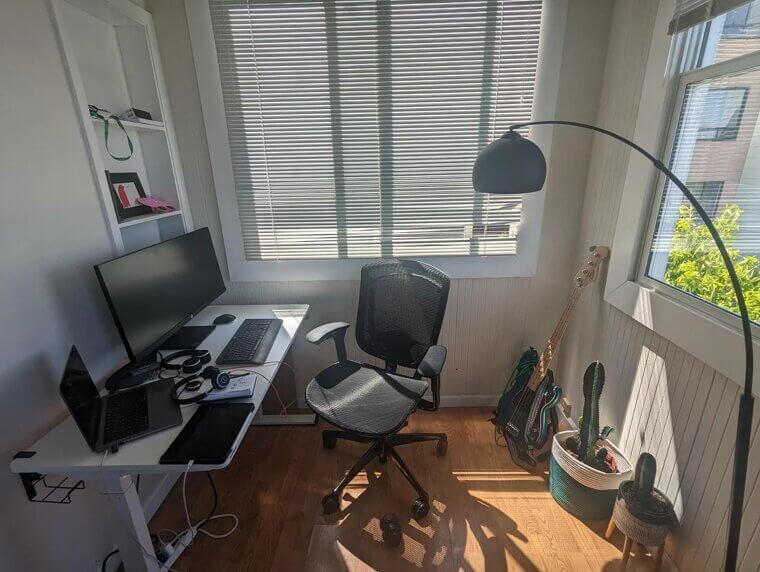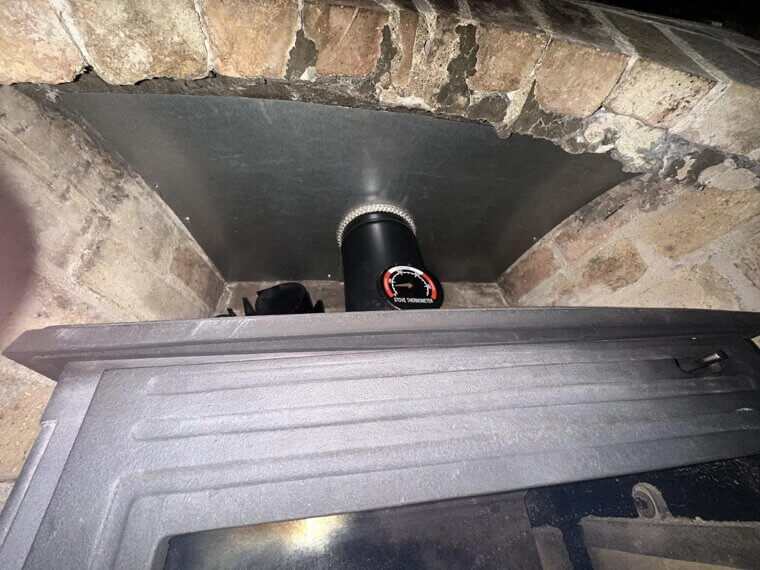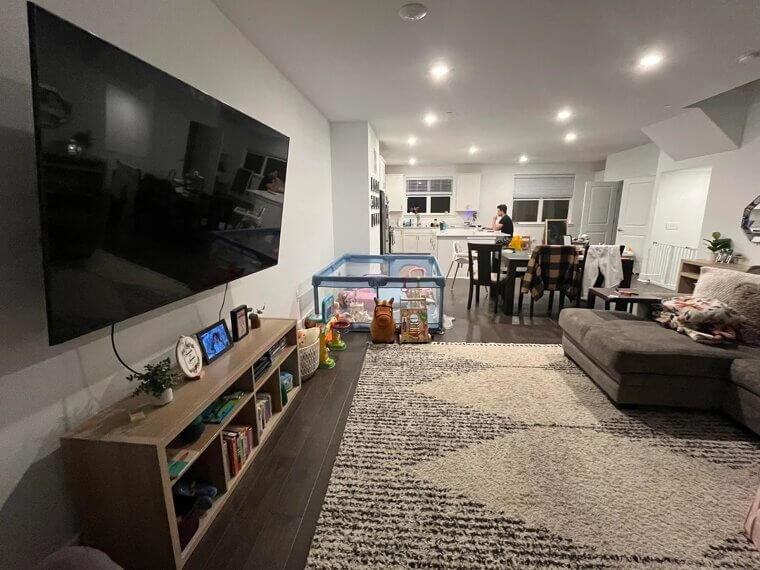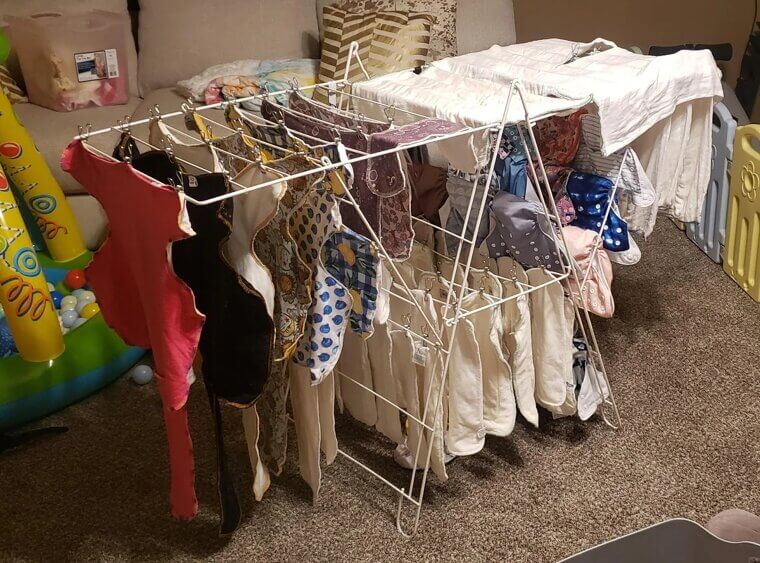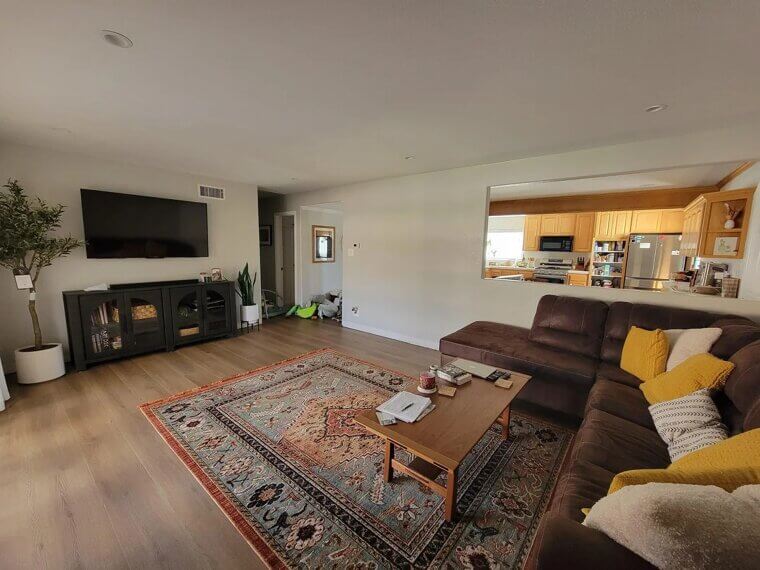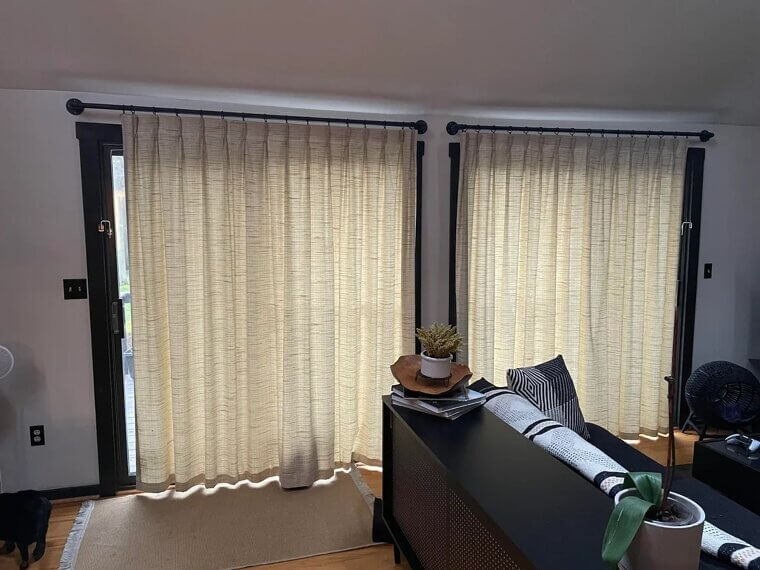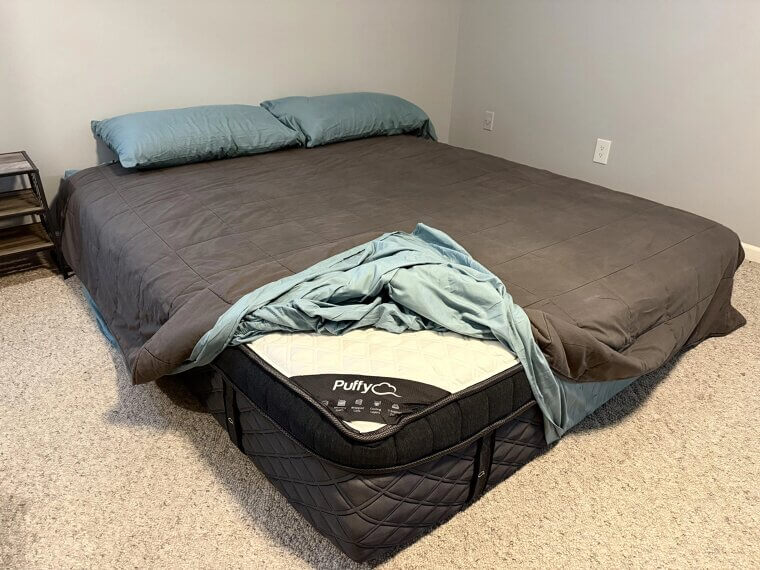Use Hot Water Bottles
A hot water bottle warms you up directly, which is far more efficient than heating the entire house. Curl up with one, and you’ll feel comfortable with the thermostat set to a lower setting. You’ll be warmed up for hours, and you can even put the hot water bottle in your bed to warm it up and prevent overnight heating.
Draft-Proof Doors
Drafts are the bane of our lives in winter because they steal indoor heat and let cold air sneak in. Blocking any gap under doors is the easiest way to keep warm air inside the house, instantly making rooms feel cozier without needing to ramp up the thermostat. You’ll run the heating system less often, cutting energy use.
Close Curtains at Night
Almost all of us do it, but most don’t understand just how cost-effective it can be to close the curtains at night. Curtains, especially ones made of heavy or blackout fabrics, act as insulation when the sun goes down, trapping warmth inside. As a result, you won’t need central heating all night.
Regularly Lower the Thermostat
This might sound obvious, but getting your body used to existing in lower temperatures is sometimes the best way to lower heating bills. Don’t turn it all the way down, just enough that your home is still warm, and you’ll soon notice a financial difference. Even dropping just one degree can shrink your energy bill.
Layer Up Blankets
When it comes to keeping warm this winter, blankets are your best friend! Don’t be afraid to really pile them up on the bed or couch because they’ll seal in warmth and keep your body toasty even as you turn down the heating. This cozy buffer lets you dial back the thermostat without sacrificing comfort.
Wear Socks
If you’re going to keep one body part warm, make it your feet. Warm feet trick your whole body into heating up by preventing heat loss through the floor. When you’re already warm, you won’t need to blast the heating so often, and you’ll adjust to lower, more cost-effective temperatures.
Heat Occupied Rooms
Why heat the whole house when you can just warm yourself? Shutting off the central heating in unoccupied rooms saves a lot of energy and money while focusing the heat exactly where it is needed. This warms you up more quickly, and your heating system won’t overwork itself to heat the entire house at once.
Insulate Hot Water Pipes
You might expect hot water pipes to give off heat, but leaving them exposed actually allows the heat to escape. By insulating your pipes, water will reach the taps hotter and faster, reducing energy wastage and preventing heat from escaping to other areas. This also protects the pipes from exterior damage.
Add Rugs
Rugs aren’t just nice to look at; they’re also fluffy insulators for your feet. Bare hardwood floors get cold and take a long time to warm up, so you might be tempted to blast the heat. However, it’s far cheaper to invest in some good, thick rugs to stop heat sinking through the floor and boost insulation.
Reverse Ceiling Fans
Ceiling fans are designed to cool the house down, but you can actually use them to warm you up in the winter. The trick is to set them to spin in reverse at the lowest speed, which will gently push warm air back down. There’s no breeze, just concentrated warm air that will encourage you to dial the thermostat down.
Close All Doors
It might feel uninviting, but keeping all the doors shut inside your home helps warm air stay where you want it. You can blast the central heating or light the fireplace for a short while, then switch it off and enjoy the lingering hot air. This creates handy heat zones with fewer drafts circulating.
Run a Humidifier
Humidifiers release moisture to combat dry air, and they can be quite handy for keeping your heating bills down during winter. A small touch of humidity can make the air feel warmer, so you’ll stay cozy without cranking up the heat. Meanwhile, your heating runs less often, gradually lowering your bills.
Make Hot Drinks
This is a small tip that works better when paired with others on this list, but it can be very effective when you’re feeling cold. A hot cup of tea or coffee boosts your internal heat, as well as your hands when you hold the mug, keeping you from feeling cold even when your heating is down.
Let Sunlight In
The air may be cold in winter, but the sun is still hot! Use those limited sunlight hours to your advantage and open the curtains during the day to let in as much sunlight as possible. You can gently raise your home’s temperature throughout the day, then just put the heating on in the evening for an extra boost.
Block the Chimney
Think of unused fireplaces as giant mouths that gulp up warm air and release it through the chimney. Blocking the chimney with a panel, plate, or chimney balloon will foil that sneaky upward draft and instantly make the room feel warmer. With less warmth escaping, you won’t need to replace it.
Identify Cold Walls
Cold walls aren’t difficult to identify; just touch them! Interior walls are usually warmer than exterior walls, which sap warmth from the room. Once you know exactly where they are, you can arrange the room accordingly or add insulation to minimize heat loss and prevent overheating.
Do Laundry at Night
It sounds impractical, but this is a top tip for keeping warm in winter. Drying laundry indoors releases heat and moisture into the air, making the space feel warmer. Doing it at night takes advantage of generally cheaper energy rates, too, so you’ll make some energy savings at the same time.
Rearrange Furniture
When it comes to staying cozy, it’s all about positioning. Shifting chairs away from drafty spots or cold walls instantly boosts comfort, and you may also uncover blocked radiators or vents to help warm air circulate. A naturally snug room doesn’t need so much central heating.
Use Door Curtains
You might get tangled up in them every time you walk into a room, but door curtains are worth it for keeping you warm and reducing your energy bills. Like window curtains, they act as insulation, preventing warm air from escaping a room whenever the door is opened.
Cover Chairs and Mattresses
Soft chair covers and mattress toppers are small but effective pieces of fabric that create insulated surfaces for you to recline on. If your body feels warm and comfortable, you’ll be less inclined to crank up the thermostat, reducing your energy usage without letting yourself freeze.

